If you love growing full-sun perennials and some of the best flowering shrubs in your garden, you probably grow the best perennial herbs, too. But why not grow herbs indoors for year-round use? Dried herbs are sometimes bland, and those bunches of fresh herbs at the grocery store can get pricey and may go bad fast. The biggest challenge of growing herbs indoors is providing them sufficient light because almost all herbs are sun-lovers.
Ideally, you’ll want to place your herbs on a windowsill that faces south, which is where you’ll get the most hours of light per day. East- and west-facing windows often work okay, too. You can also invest in an inexpensive grow light, and use it for at least 10 hours per day. A supplemental light source is essential during winter’s short, dark days because herbs will get spindly and eventually die back. Keep the room temp about 65 to 70 degrees during the day, and a few degrees cooler at night. And don’t let your herbs sit in drafts near heating or AC vents. Every two weeks, feed them with a water-soluble fertilizer according the package instructions.
Not every herb thrives indoors because some are too finicky or have huge root masses, but here are the herbs that will typically do best inside:
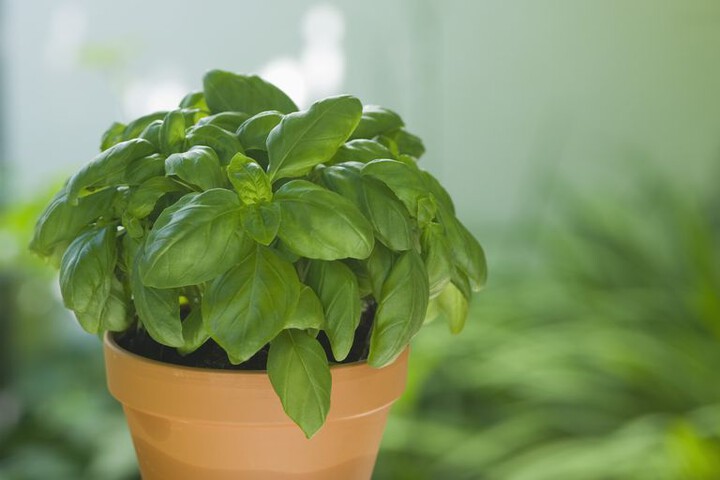
Basil
Basil, especially those that grow in dense, compact forms, do fine indoors if given ample light. Grow from seed, buy a transplant, or try rooting a cutting in water. Keep the soil moist.

Chamomile
Start chamomile from seeds. Chamomile grown indoors won’t get as big as that grown outdoors, but it will do fine with ample light. Keep soil lightly moist.
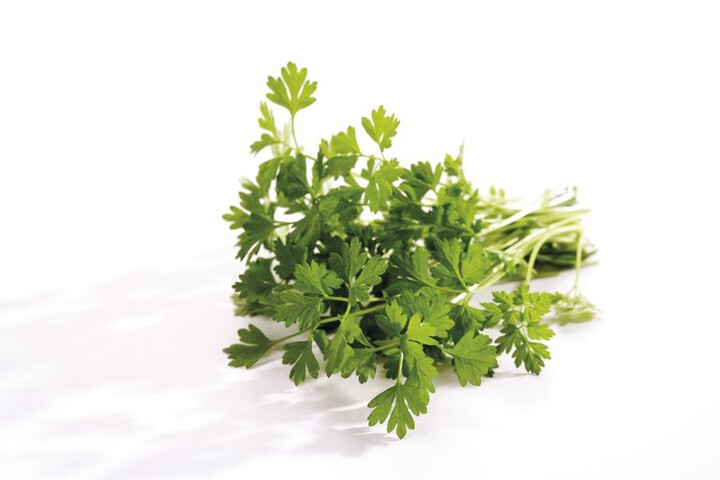
Chervil
Start chervil from seeds because transplants are too finicky. It prefers cooler temperatures, so keep it out of hot, dry areas of your home.
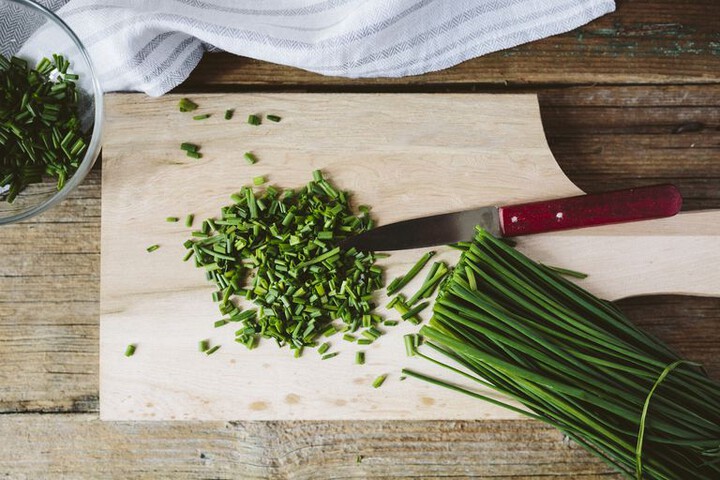
Chives
Chives grows easily in pots on a sunny sill or under a grow light. Start from seed or dig up a clump from your garden in early winter because those dug up in fall sometimes get too leggy. Keep the soil moist.
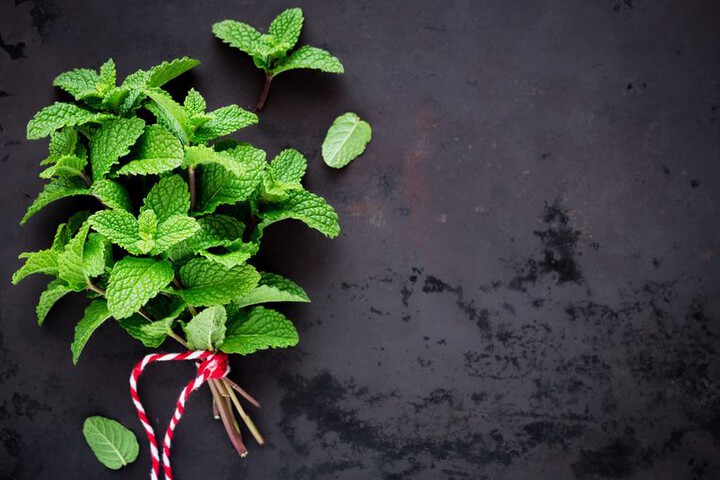
Mint
Most types of mint grow like weeds so it’s particularly hardy even in less-than-ideal conditions indoors. Mint can be grown from cuttings rooted in water or from transplants. Give it plenty of light, and water when soil is dry.
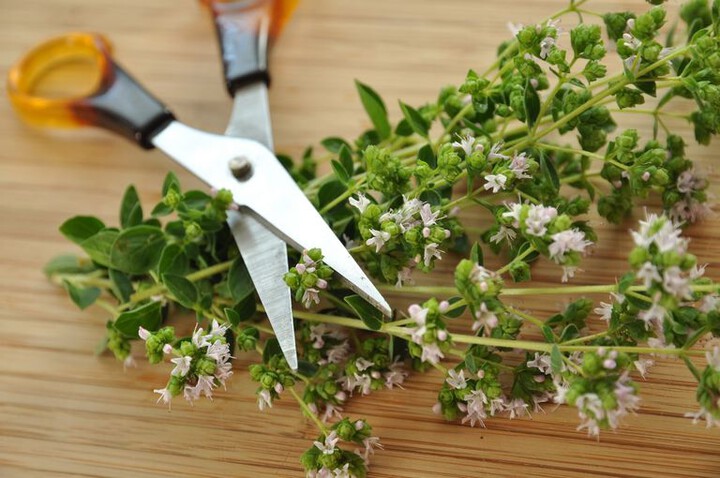
Oregano
Oregano can be started from cuttings or seeds. It's very hardy, so it should be fine indoors with ample light. Let it dry out between waterings.
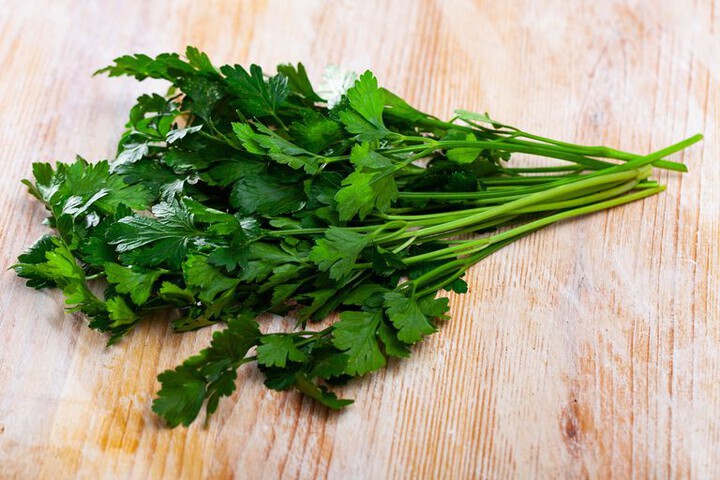
Parsley
Dig up parsley plants in the fall, and pot to bring indoors; seeds take a long time to germinate and grow slowly. Parsley needs lots of light, like all herbs, but it also prefers cooler temperatures. Purchase new plants in the spring because parsley that survives will produce a seed stalk and become bitter.
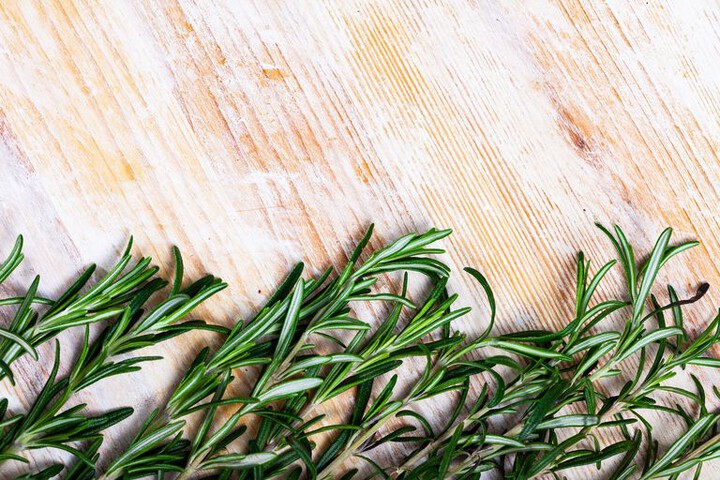
Rosemary
Rosemary struggles a bit indoors but give it good drainage (make sure there are holes in the pot) and a bright, cool spot in your house, and it should do well. Keep it slightly moist.
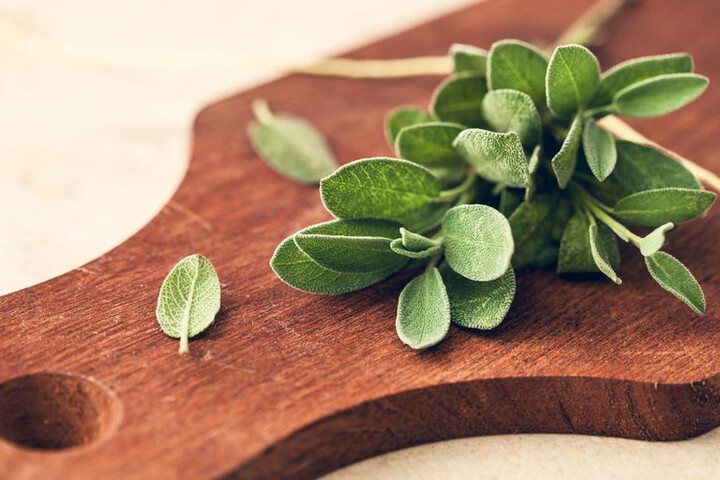
Sage
Snip some cuttings in summer to root, or dig up small clumps in fall and pot for indoor use. Or purchase transplants. Let sage dry slightly out between waterings.
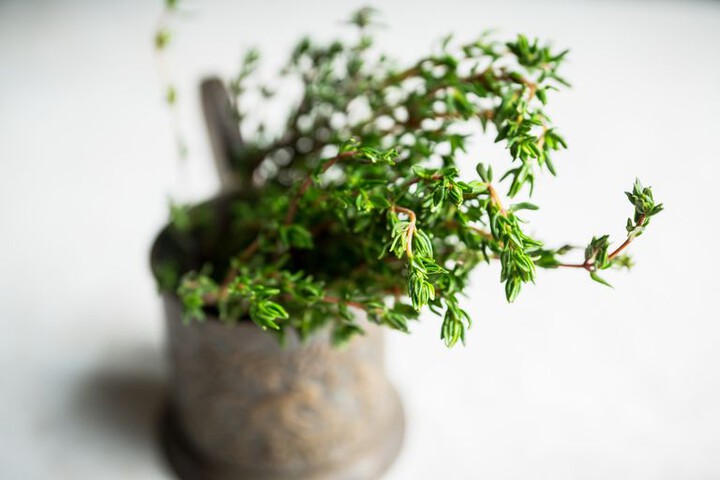
Thyme
Pot up some plants from your garden beds in the fall, or start from seed. Keep thyme a little on the dry side.